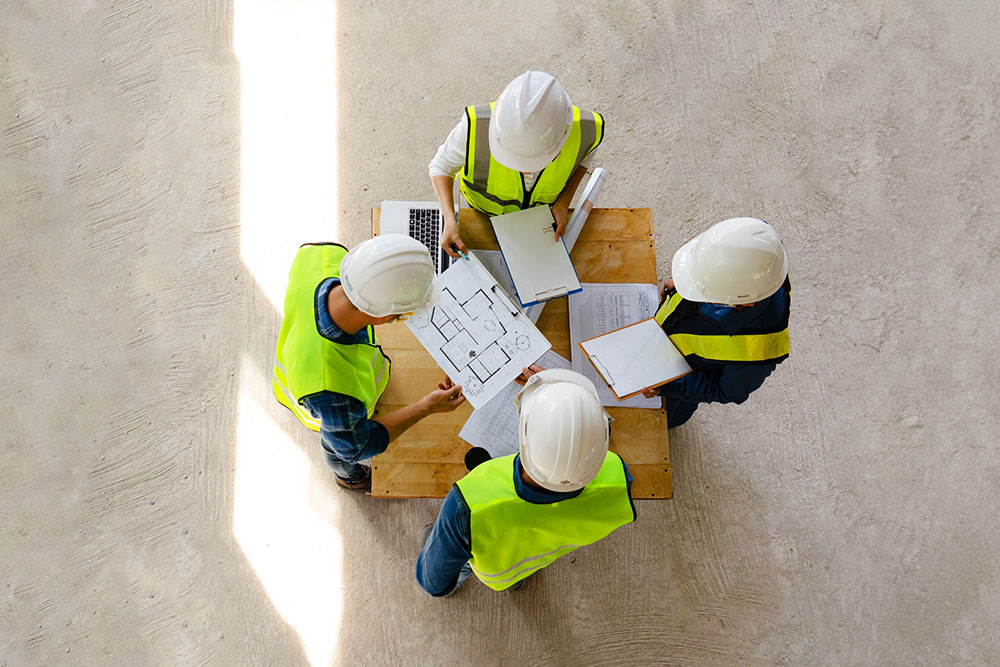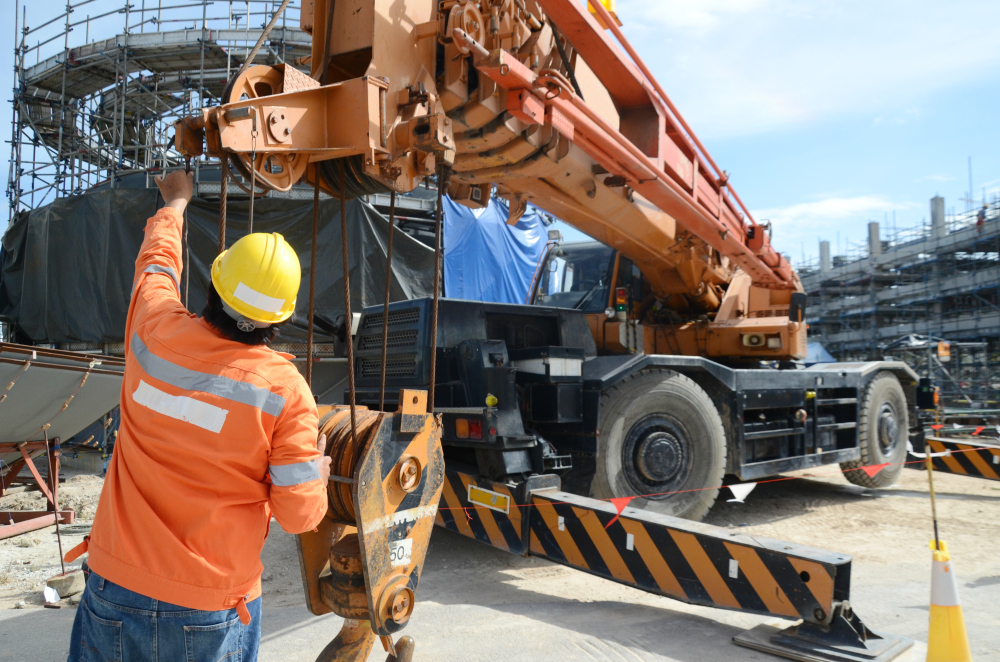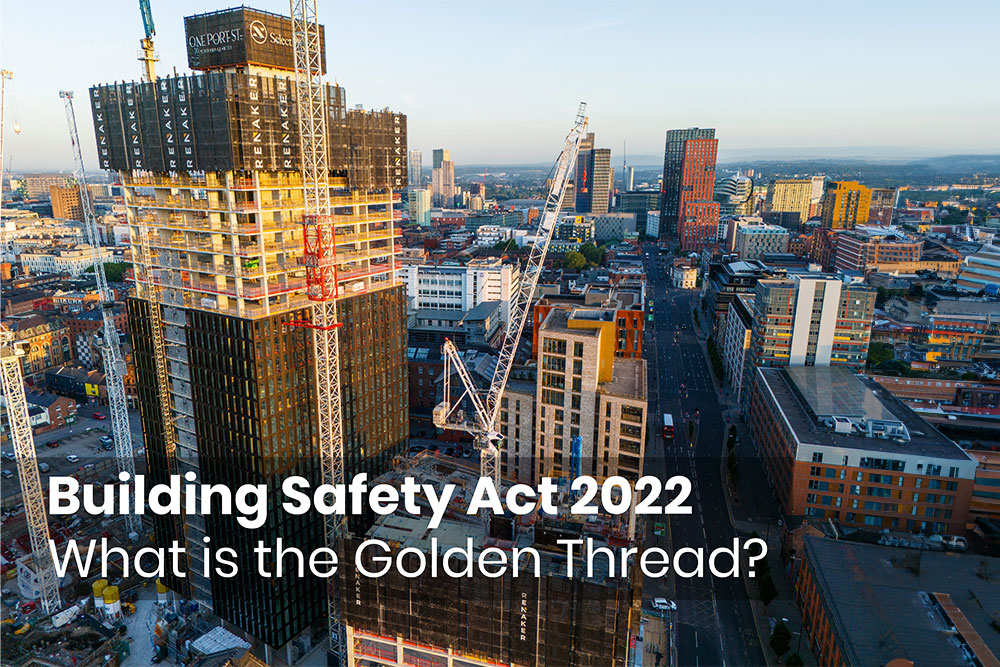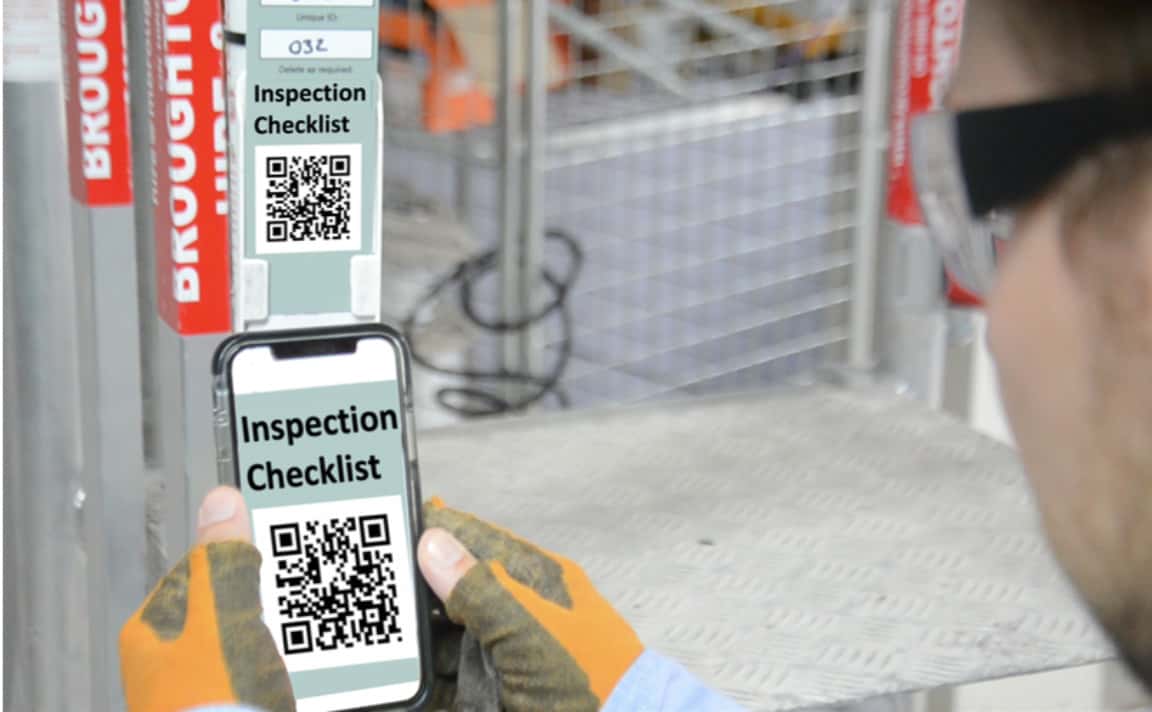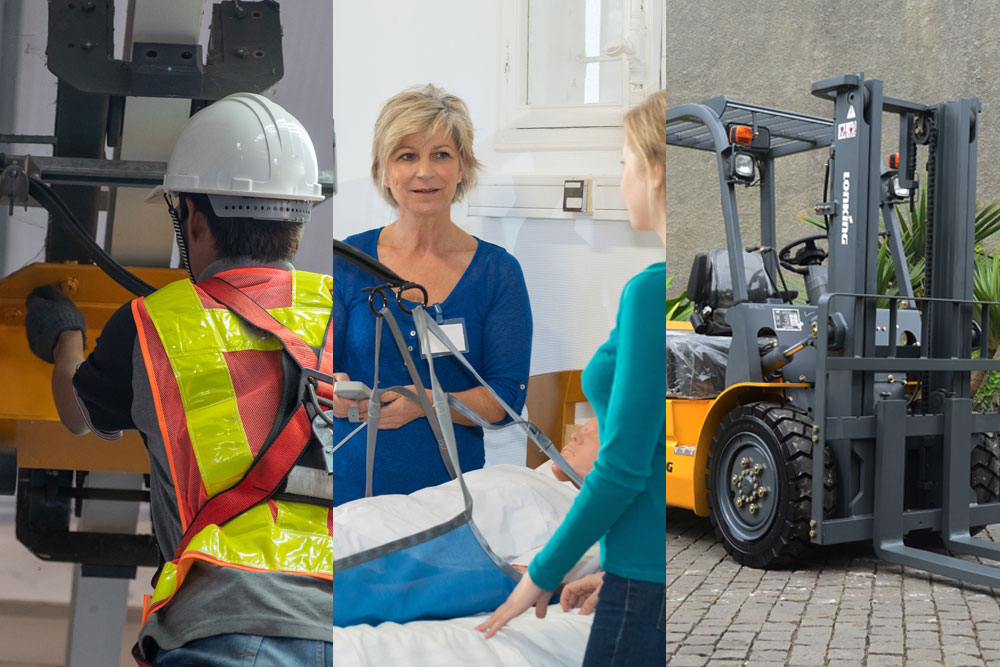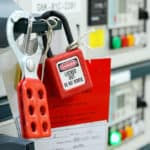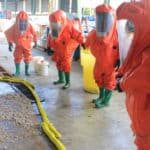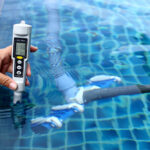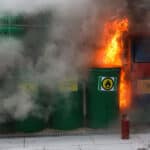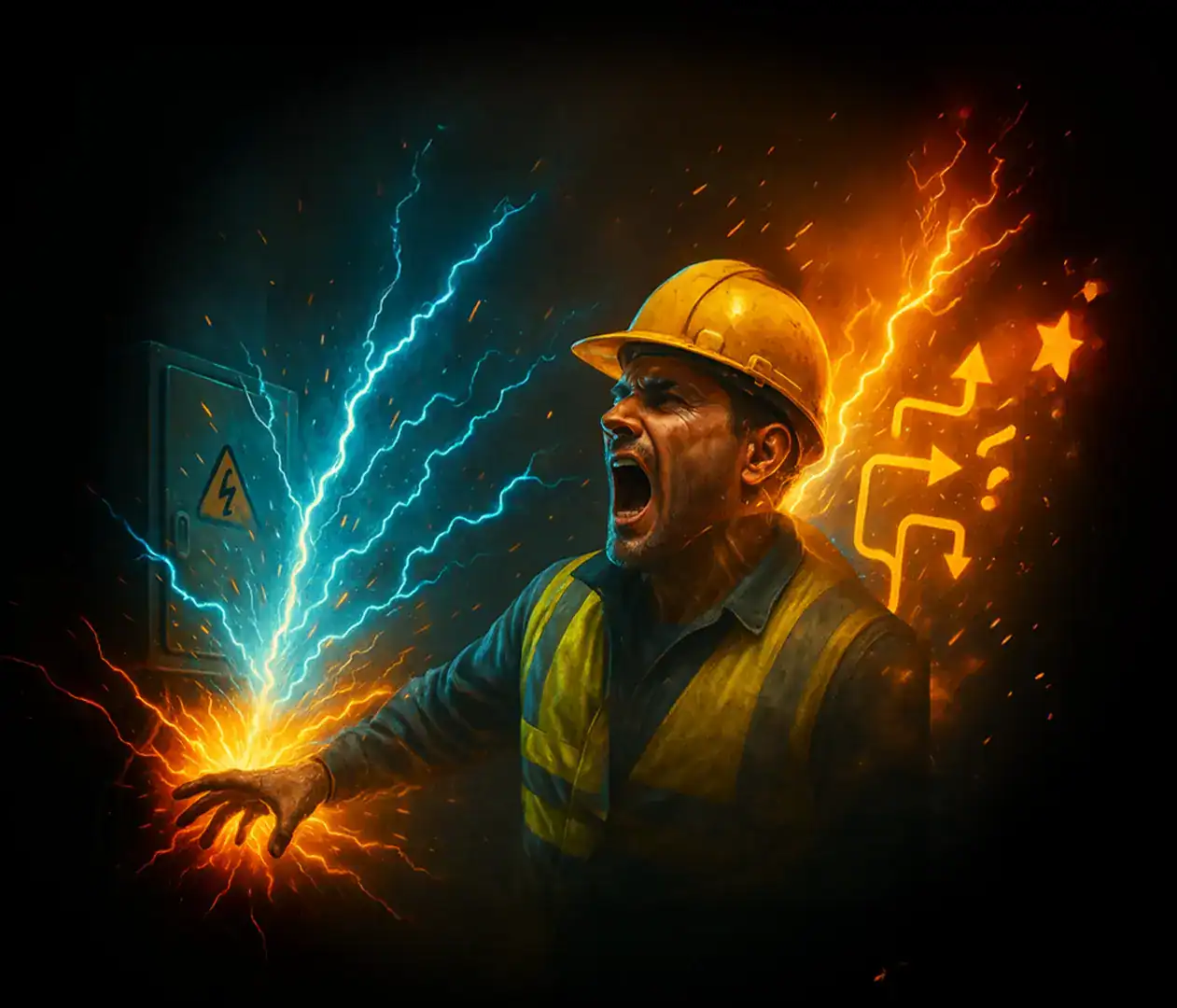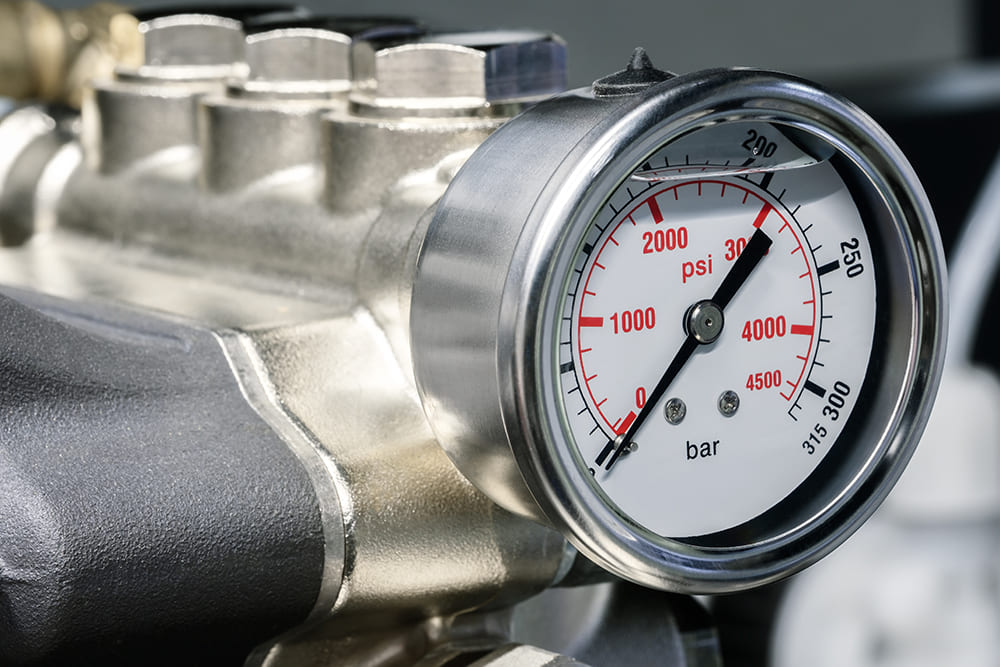
The Pressure Systems Safety Regulations 2000 (PSSR) set out legal duties for those who design, install, operate or maintain pressure systems in the workplace. Their aim is simple: to prevent serious injury caused by system failure.
These regulations apply across a wide range of industries and cover many types of equipment – from compressed air systems and boilers to autoclaves and refrigeration units.
If you have pressurised equipment in your workplace, this blog provides a summary of PSSR. It covers where the regulations apply, who the duty holders are and the key requirements.
Key Takeaways
- The Pressure Systems Safety Regulations 2000 apply to a wide range of workplace equipment that stores energy in the form of pressurised gases or liquids.
- These regulations aim to prevent injury by ensuring systems are maintained, operated safely and regularly examined.
- Key duty holders include users (typically employers) of live pressure systems, owners of unused systems and also original suppliers of pressurised equipment.
- A written scheme of examination is legally required before using a pressure system, and inspections must follow this plan.
- If you use pressure systems at work, training staff to understand their risks and safe operation is essential for compliance.
What Are the Pressure Systems Safety Regulations 2000?
The Pressure Systems Safety Regulations 2000 were introduced under the Health and Safety at Work etc. Act 1974. They’re enforced by the Health and Safety Executive (HSE) and apply across all workplaces in the UK.
The regulations exist to reduce the risk of serious incidents involving pressurised equipment.
When pressure systems fail, the results can be devastating – explosions, flying debris and scalding steam are all common consequences. PSSR sets out what you must do to minimise these risks.
At the highest level, the regulations require four things:
- Ensure pressure systems are designed and installed safely
- Maintain pressure systems in good condition
- Keep their operation within safe limits
- Have them regularly examined by a competent person
But exactly what you need to do depends on the type of system in your workplace.
What Is a Pressure System?
Under PSSR, a pressure system describes any combination of parts that store or carry a fluid (a gas or liquid) under pressure.
A complete system typically includes:
- A pressure vessel – a strong container, like a boiler or air receiver, that stores the pressurised fluid
- A pressure source – that generates the pressure, like a compressor or pump
- Pipework and valves – which carry the fluid and control its flow
- Safety devices – such as pressure relief valves, which release pressure if it gets too high
Common examples include air compressors, steam boilers, autoclaves, industrial refrigeration units and even some barista coffee machines.
However, not all equipment is regulated. It depends on how much pressure the equipment holds and what it contains.
For example, equipment with a working pressure less than 0.5 bar above atmospheric pressure is exempt from PSSR.
A good rule of thumb is: if equipment failure could cause injury, it’s probably within PSSR’s scope. But if you’re in any doubt, the safest option is to ask an expert for advice.
Where Are Pressure Systems Commonly Found?
Pressure systems are used in a wide range of industries and work environments – not just in heavy engineering. Common examples include:
- Manufacturing and fabrication – compressed air systems, autoclaves, hydraulic presses
- Construction and maintenance – portable compressors, pressure washers
- Healthcare – gas cylinders, sterilisation equipment
- Food and beverage – carbonation systems, steam boilers
- Automotive and transport – air brakes, fuel injection test rigs
- Laboratories and research facilities – vacuum systems, pressure vessels
- Refrigeration and HVAC – chiller units, sealed cooling systems
Who Has Duties Under the Pressure Systems Safety Regulations 2000?
The Pressure Systems Safety Regulations 2000 identify two main types of duty holders: users and owners.
- User – the person or organisation responsible for managing a pressure system that is currently in use. In most cases, this is the employer.
- Owner – the person or organisation responsible for a pressure system that is not currently in use but still under their control (for example, in storage).
There are also duties for those who supply pressure systems. Designers, manufacturers, importers, and suppliers must ensure that any equipment they provide is safe, fit for use and supplied with clear instructions and markings.
Employees who operate pressurised equipment also have duties. They must follow safe procedures and report faults. But the overall responsibility for ensuring safety lies with the employer or organisation in control of the equipment.
What You Must Do as a Duty Holder
If you’re a user or owner of a pressure system, the Pressure Systems Safety Regulations 2000 require you to take specific steps to reduce the risk of serious incidents.
Here are your key duties:
1. Operate Within Safe Limits
You must ensure the system is only used within its safe operating limits (including pressure, temperature and loading) as defined by the manufacturer or a competent person.
2. Have a Written Scheme of Examination
Before the system is used, a written scheme of examination must be in place. This document sets out the parts of the system to be checked regularly to prevent failure and injury. It also lists when examinations should happen and the methods to be used.
It must be drawn up or certified by a competent person.
You’ll find a more detailed explanation of written schemes of examination later in this blog.
3. Examine the System
Once the scheme is in place, you must ensure that the system is examined by a competent person at the specified intervals.
Examinations must also take place before the system is used for the first time, or after certain modifications or repairs.
4. Maintain the System in Safe Condition
You must ensure the system is properly maintained so it remains safe to use. That includes routine maintenance, repairs and keeping records of any work carried out.
5. Keep Records
You must keep records of the written scheme, examination reports and any maintenance carried out. These must be available for inspection and retained for the lifetime of the system (or at least five years if the system is dismantled or scrapped).
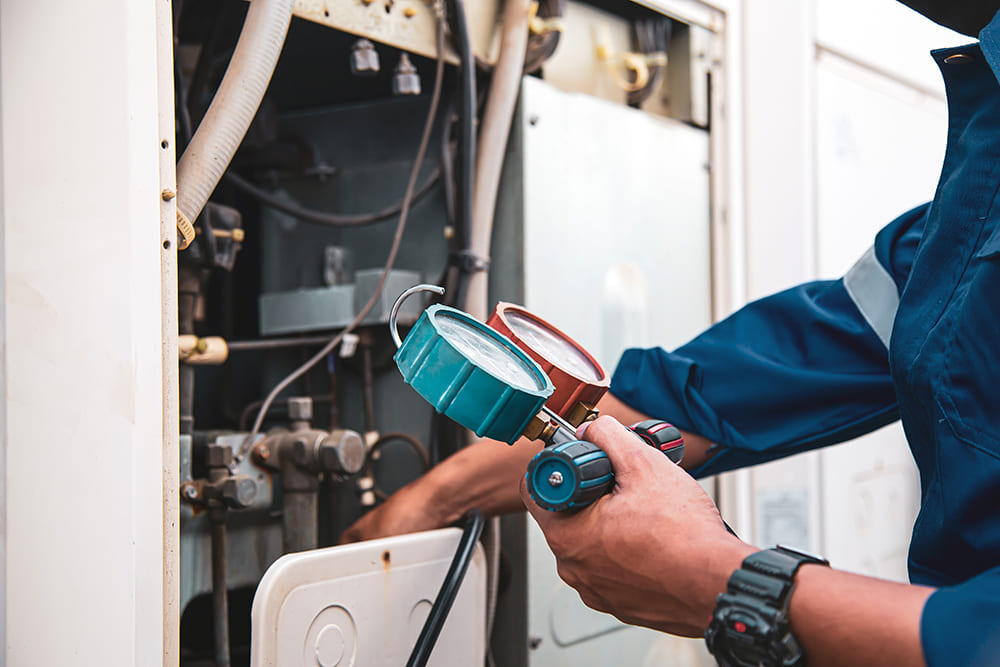
What Is a Written Scheme of Examination?
A written scheme of examination is a formal document that sets out how a pressure system will be examined to ensure it remains safe to operate.
No system covered by the regulations can be operated until a written scheme is in place and the first examination has been carried out.
What the Scheme Includes
The scheme outlines:
- Which parts of the system must be examined
- The type and frequency of examinations required
- The methods of examination to be used
- Any work needed before examination (e.g. cleaning, isolation, dismantling)
The focus is on identifying parts that could be dangerous if they fail, such as pressure vessels, safety devices or pipework under stress.
Who Writes the Scheme?
The scheme must be drawn up or certified by a competent person, i.e., someone with the necessary knowledge, experience and objectivity to assess whether the system can operate safely.
A competent person is often an engineer from an inspection body or an insurance company.
They must:
- Understand the technical and safety risks associated with pressure systems
- Know how to examine and assess the integrity of components
- Be independent from the day-to-day management of the system
Why It Matters
The written scheme helps ensure regular testing and inspection of pressure systems before deterioration leads to unsafe conditions. It’s not a maintenance plan but a legal safeguard focused on detecting failure risks before they cause harm.
Following the scheme helps prevent incidents such as vessel rupture, valve failure or dangerous release of stored energy. It also demonstrates compliance with PSSR and protects those who work with or near pressure systems.
Official Guidance
If you want more details on PSSR, the HSE offers an Approved Code of Practice (ACOP) on the regulations.
The ACOP sets out what you should do to ensure compliance and the safety of your pressure systems.
Have a Pressure System in Your Workplace?
If you have pressure systems in your workplace, you must ensure that those operating the equipment keep it within safe limits.
This is a core requirement of the Pressure Systems Safety Regulations 2000.
Our Pressure Systems Safety Training course provides the essential awareness your staff need. It explains:
- The hazards associated with pressure systems
- Steps to reduce risk and ensure systems operate safely
- What workers are expected to do under PSSR
The course is ideal for any employee who works with or near pressurised equipment. It provides a clear introduction to PSSR and what it means in practice. This supports legal compliance and helps your workers ensure the safety of your pressurised equipment.



